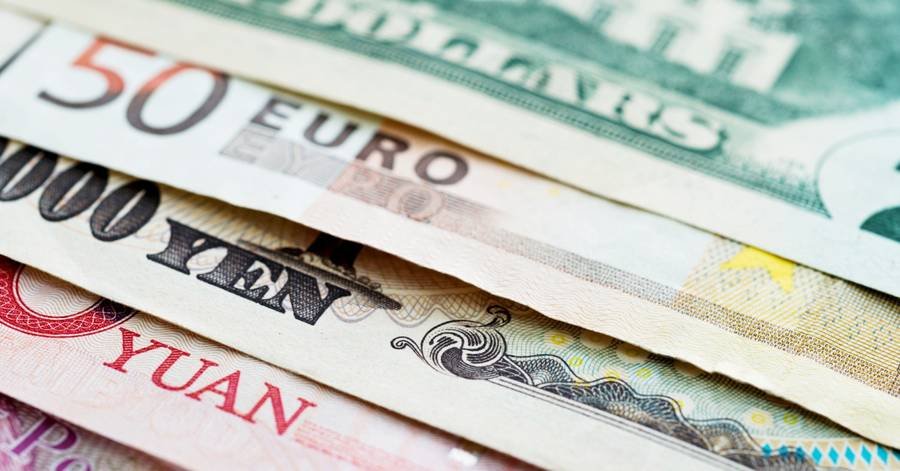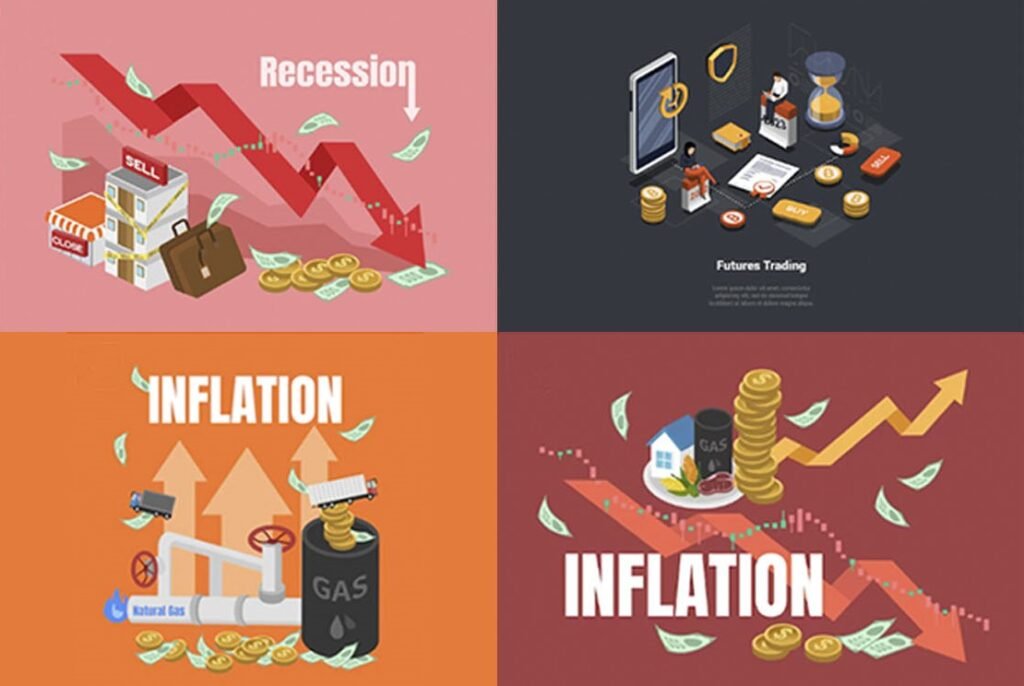what is Market Risk?

Market risk is the risk an investor faces due to the fall in the market value of a financial product resulting from factors affecting the entire market and is not limited to a particular economic commodity. Often referred to as systematic risk, market risk arises because of uncertainties in the economy, the political environment, natural or man-made disasters, or recession. It can only be hedged, however, it cannot be eliminated by diversification.
Types of Market Risk
There are four significant types of market risk.

Interest Rate Risk
Interest rate risk arises when the value of a security could fall due to the rise and fall of current and long-term interest rates. It is a broader term that includes multiple elements such as basis risk, yield curve risk, options risk, and revaluation risk.
Currency risk
Currency risk results from fluctuations in the exchange rates between the national currency and the foreign currency. The most affected by this risk are multinationals that operate in different geographies and have their payments in different currencies.


Commodity price risk
Like currency risk, commodity price risk arises due to fluctuations in commodities such as crude oil, gold, silver, etc. However, unlike currency risk, commodity risks affect not only multinational companies but also ordinary citizens such as farmers, small businesses, traders, exporters and governments.
Stock price risk
The final component of market risk is stock price risk, which refers to the movement in the stock prices of financial products. Since stocks are more sensitive to any change in the economy, the price risk of stocks is one of the most important parts of market risk. Market Risk Premium Formula One factor used to calculate the estimated market risk is the calculation of the market risk premium. The selling market risk premium is the difference between the expected rate of return and the prevailing risk-free rate of return.

Advantages
Some advantages are as follows.
- Quite often, financial products are sold to the investment community through aggressive marketing and only show the growth part while completely ignoring the risks and downfalls. This is why we find that these products are bought more in boom cycles while during the recession investors, especially retail investors, are trapped. If the investor is familiar with the concept of market risk and its calculations, he can better understand financial products and decide whether they are suitable for such volatilities.
- The market risk premium, as explained in the previous example, helps an investor calculate the real rate of return. Even if the financial product can be profitable, the investor must evaluate the investment according to the effective rate it provides. This can be calculated by taking into account the prevailing risk-free interest rate and the inflation rate risk and its calculations, he can better understand financial products and decide whether they are suitable for such volatilities.
Disadvantages
Some of the disadvantages are as follows.
- We cannot ignore them completely. It can only be covered, which involves intensive costs and calculations. An investor must be able to understand what data to analyze and what data to filter.
- It is very prone to recessions or cyclical changes in the economy. And since it affects the entire market at the same time, it is all the more difficult to manage because diversification does not help. Unlike credit risk, which is very specific to counterparties, it affects all asset classes.
- Important points
- • It is an integral part of risk management. As this affects the entire market at the same time, it can be fatal for an investor to ignore market risk when building a portfolio.
• Helps to measure the maximum potential loss of a portfolio. There are two important elements here: the time frame and the level of confidence. The time horizon is the length of time for which the market risk premium must be calculated by basing the level of confidence on the level of investor comfort. We express it in percentage terms such as 95% or 99%.Putting the level of confidence determines the amount of risk that an investor or portfolio manager can take.
- As market risk affects the entire investment community, regardless of their credibility or the asset class in which they operate, it is closely watched by regulators around the world. In fact, over the past 25 years we have seen four major regulations and many other minor improvements. The Basel Committee is the main regulatory body that develops these rules or opinions. Member countries are free to adapt or add additional controls to these regulations to make their banking systems much more robust.
Conclusion
It is an integral part of any portfolio. It arises because of the additional return that an investor expects to generate from an investment. If hedged, it can lead to better results and protect losses when the market experiences downward cycles.





